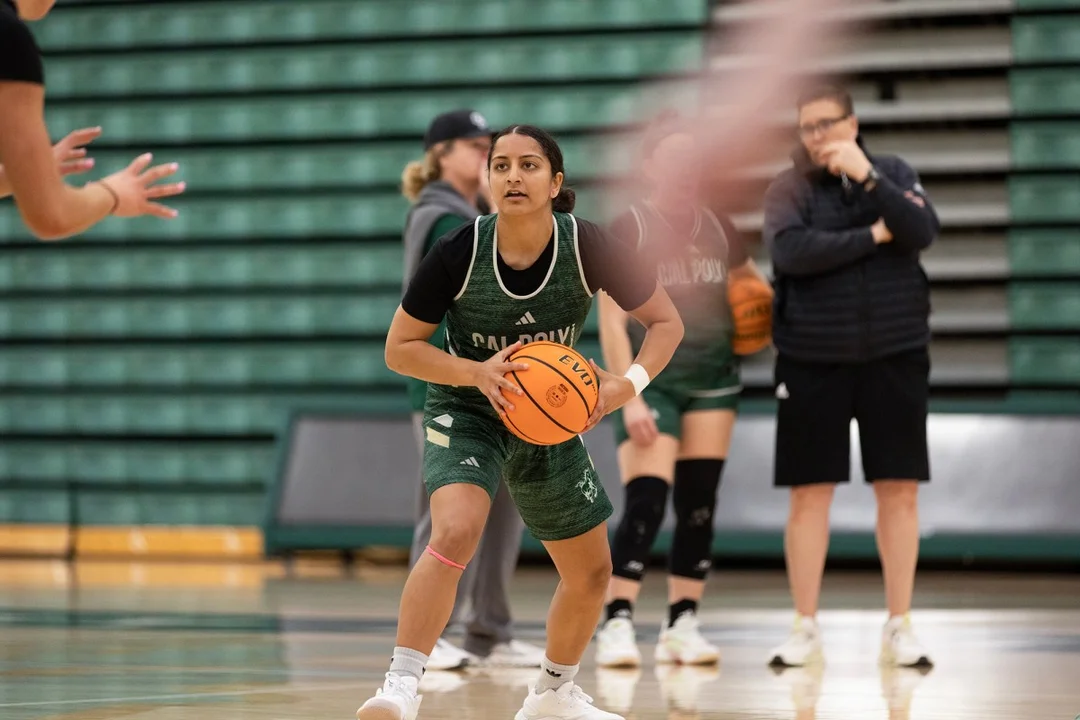
NIL Deals Transform Opportunities for California College Athletes
In a significant shift within the landscape of college sports, California college athletes are increasingly engaging in Name, Image, and Likeness (NIL) deals, a trend that's reshaping their financial and professional futures. According to a recent report by CalMatters, these agreements, which allow student-athletes to profit from their personal brands, are becoming more common across the state's universities.
The rise of NIL deals marks a departure from the traditional model where college athletes were barred from earning money from their athletic fame. Now, with the changing rules, athletes like those at the University of California, Berkeley, and the University of Southern California are securing sponsorships that range from local businesses to major national brands. This not only provides them with immediate financial benefits but also sets them up for potential long-term career opportunities in marketing and public relations.
The implications of these deals extend beyond the athletes themselves. Universities are now navigating a complex new world where they must balance the benefits of NIL deals with maintaining a level playing field among their athletes. Coaches and athletic departments are increasingly becoming facilitators, helping their students navigate endorsement contracts and manage their growing public personas.
However, the NIL era is not without its challenges. There's a growing concern about the potential for pay-for-play scenarios, where wealthier schools or boosters could use NIL deals to attract top talent, thus skewing the competitive balance in college sports. Moreover, the lack of uniform national regulations means that states like California might have different rules compared to others, leading to a patchwork of policies that could affect fairness in college athletics.
As NIL deals continue to evolve, they represent a new frontier for college sports in California, promising both opportunities and challenges for the athletes, universities, and the sports industry at large.